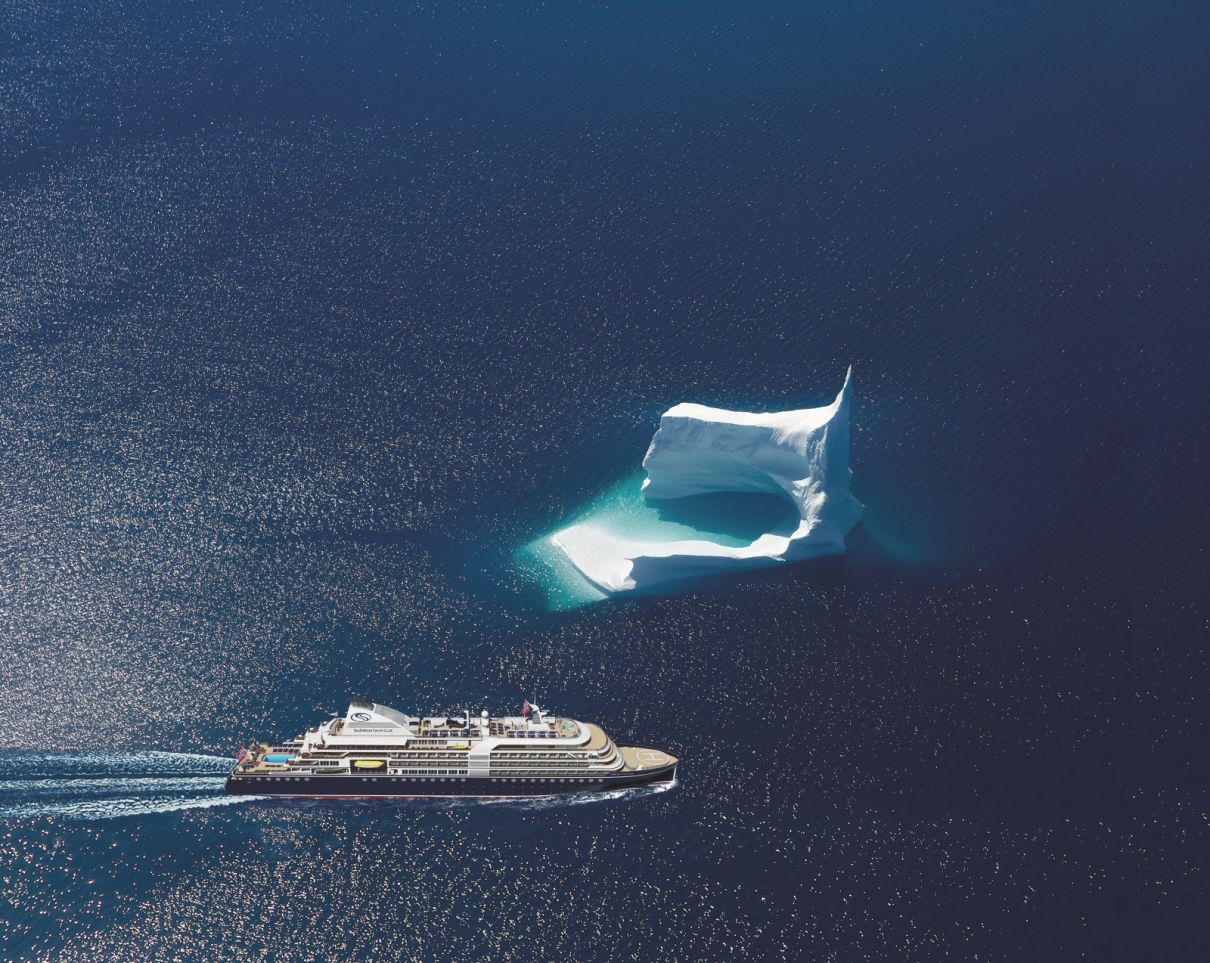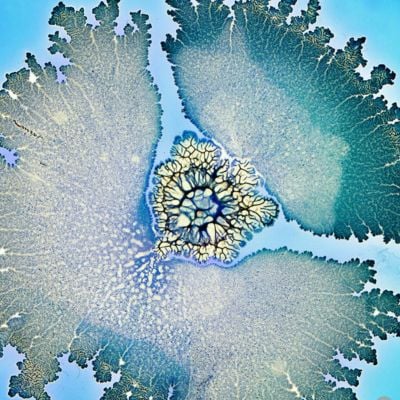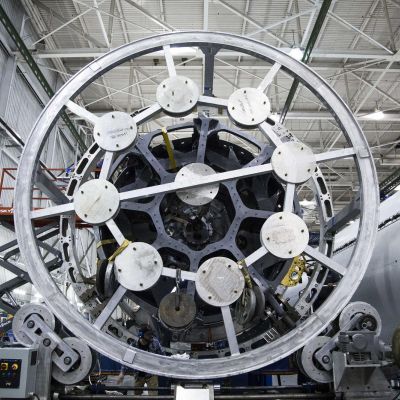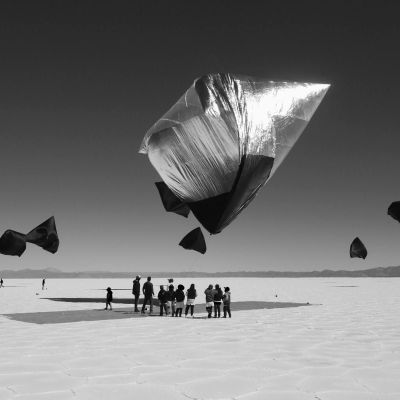Sustainable Seafaring

If sustainability and superyachts sound like an oxymoron, think again. The seafaring industry is cleaning up its act.

At last year’s Monaco Yacht Show (MYS), the issue of sustainability was at the forefront of the agenda. A-list environmentalists including Robert Redford and Nicole Kidman joined HSH Prince Albert II’s Monte Carlo Gala for the Global Ocean to raise €18 million to fight climate change. “This is the time for collective responsibility, a shared commitment, a joint undertaking. This is time for generosity,” the prince said at the ceremony.
The prince also took the opportunity to launch the Sustainable Yachting Network, a programme aimed at jumpstarting the industry into eco-responsibility with 130 founding members. At MYS, Dutch firm Sinot unveiled the concept for Aqua, the world’s first liquid hydrogen-powered yacht. Also debuting was Tankoa’s 50m yacht Bintador, with its hybrid engine.
If Monaco Yacht Show is considered a litmus test for the wider industry, then a change of attitude is sweeping the decks.
Italian yacht company Azimut Benetti was a pioneer in reducing fossil fuel consumption 15 years ago, when it launched Ambrosia, the first diesel-electric boat. Then came the first Azimut hybrid yacht, the Magellano 50, the first of its kind to achieve the benchmark Rina Green Plus certification with its Dual Mode hull, a hydrodynamic design that guarantees fuel savings of about 13 percent compared to a conventional hull. For the Magellano Collection it also uses ‘ecological’ resins based on water in the construction of its yachts and Forest Stewardship Council-certified woods, coming from forests managed according to eco-sustainability criteria.

Giovanna Vitelli, vice-president for Azimut Benetti, says: “For several years now in order to reduce CO2 emissions, we have implemented the use of carbon fibre. This means we can offer more space on board, while decreasing the overall weight of the boat and, consequently, consumption, by about 30 percent compared to similar-sized boats of previous generations.” This year, Benetti launched the largest hybrid pleasure boat ever built in Italy, FB272, the second of three giga yachts (those over 100m long). It also delivered the FB275, a Giga yacht with a Shottel SPJ stern pump capable of exclusively electric propulsion distances.
Meanwhile, yacht charter and sales company Fraser Yachts says more clients have been asking for charters that offset emissions through social benefit. Now, a number of its yachts have adapted their programmes accordingly.
For instance, Dunia Baru, a 50m motor sailing yacht based in Raja Ampat, regularly donates a percentage of charter fees to local projects, for example, funding a new library with a focus on sustainability and conservation for one of the nearby villages, as well as the purchase of 30 solar-powered streetlights. One charter a year is also going to be focused on getting the guests involved with local conservation projects themselves, with the full charter fee donated to local conservation projects and health and education initiatives. Dunia Baru is also undertaking a two-week trip offered to scientists for research purposes, with a trip at the end of January focused on coral research.
Similarly Latitude, a 52m Benetti yacht and also part of the Fraser fleet, is partnered with organisations such as The Ocean Cleanup, Plastic Oceans and Oceana. After she was recently sold, her new owner removed as much plastic as possible from the yacht’s day-to-day operations, installing five water purification and filter systems and three chilled and sparkling water-filter units around the vessel. In its first year, it will have stopped approximately 8,000 single-use plastic bottles from going into landfill.
 The Dunia Baru (c) Fraser
The Dunia Baru (c) FraserAnother approach to eco-friendly seafaring is the latest generation of cruise ships. SeaDream, a family-run Norway-based company launched nearly two decades ago, supplies much of its ships through its organic farm in Oslo, Kvelsrud Gård.
“It comes naturally to us as a family, sustainability has always been our way of living,” says Atle Brynestad, founder of SeaDream. “We want to offset more than our footprint with other investments and eventually become carbon negative. This attitude should become the norm in our industry. We depend on the ocean and marine life for our livelihood so it must become our top priority.”
But for sustainable yachting to become the norm not the exception, a change in owner attitude must occur. Whereas ten years ago owners competed over size or aesthetics, perhaps we can look forward to a time when competition is about sustainability.
Kjell Inge Røkke, the Norwegian billionaire who is building REV (Research Expedition Vessel), may be one such pioneer. His will be the largest ocean research superyacht ever built. When this 186m giant launches in 2021, she will embark on a series of journeys undertaking environmental research missions linked with WWF. She will be equipped with cutting edge research systems and laboratories, an auditorium, helipads, and submersibles. Designed by Espen Oeino, all proceeds from charters will go towards funding marine research programmes.
An endeavour like this leads the way for superyacht clients to focus on sustainability as a status symbol.
This article originally appeared in Billionaire's December Issue, themed on Health. To subscribe contact








